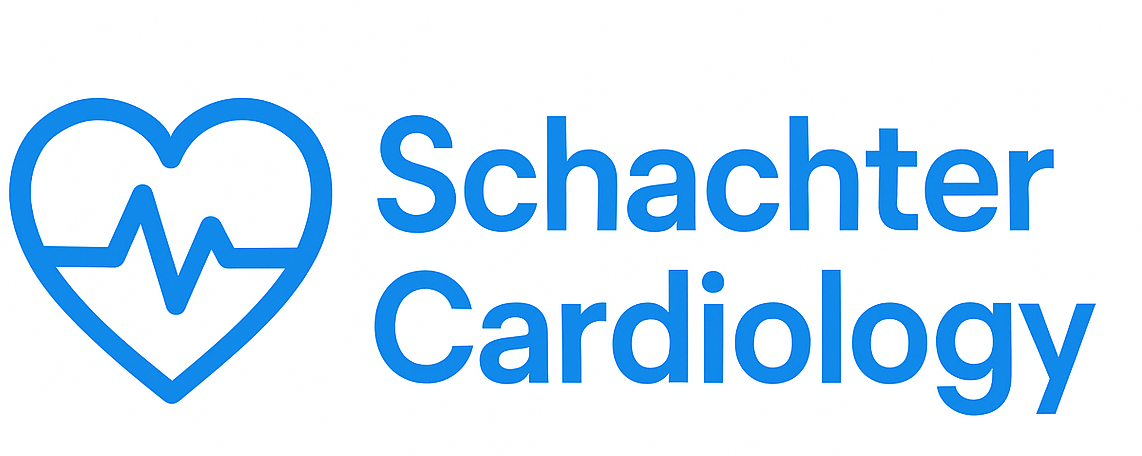
The Importance of Understanding Coronary Artery Disease: Prevention, Symptoms, and Treatment
Coronary Artery Disease (CAD) is one of the leading causes of heart-related health issues globally. Understanding this disease is crucial for prevention, early detection, and effective management. In this blog post, we will delve deep into what CAD is, its risk factors, symptoms, preventive measures, and treatment options available.
What is Coronary Artery Disease?
Coronary Artery Disease occurs when the coronary arteries become narrowed or blocked due to plaque buildup, which is primarily composed of cholesterol, fat, and other substances found in the blood. This narrowing can restrict blood flow to the heart muscle, leading to various heart problems, including angina and heart attacks.
Risk Factors for Coronary Artery Disease
Understanding the risk factors associated with CAD is essential for prevention. Key risk factors include:
- Age: The risk increases as you get older.
- Gender: Men are generally at a higher risk, but women’s risk increases after menopause.
- Family History: A family history of heart disease can increase your risk.
- High Blood Pressure: Hypertension can damage arteries over time.
- High Cholesterol: Elevated levels of LDL cholesterol contribute to plaque formation.
- Smoking: Tobacco use significantly increases the risk of CAD.
- Diabetes: Diabetes increases the likelihood of CAD due to high blood sugar levels damaging blood vessels.
- Obesity: Excess body weight can lead to high blood pressure and diabetes, escalating CAD risk.
- Lack of Physical Activity: A sedentary lifestyle contributes to obesity and other risk factors.
- Poor Diet: Diets high in saturated fats, trans fats, and cholesterol can lead to CAD.
Symptoms of Coronary Artery Disease
Recognizing the symptoms of CAD early is crucial for timely intervention. Common symptoms include:
- Chest Pain (Angina): A feeling of pressure, squeezing, fullness, or pain in the center or left side of the chest.
- Shortness of Breath: Often accompanies chest discomfort, especially during physical activity.
- Fatigue: Unusual tiredness can be a warning sign, especially in women.
- Heart Palpitations: Irregular heartbeats may indicate underlying issues.
- Nausea or Sweating: These symptoms can occur during a heart attack.
Preventive Measures for Coronary Artery Disease
Preventing CAD is possible through lifestyle changes and regular health screenings. Here are some effective strategies:
- Maintain a Healthy Weight: Achieving and maintaining a healthy weight through diet and exercise can reduce the risk significantly.
- Eat a Heart-Healthy Diet: Focus on fruits, vegetables, whole grains, lean proteins, and healthy fats while limiting processed foods.
- Exercise Regularly: Aim for at least 150 minutes of moderate aerobic activity each week.
- Avoid Tobacco: Quitting smoking and avoiding secondhand smoke can improve heart health.
- Manage Stress: Employ stress reduction techniques such as yoga, meditation, or other relaxation methods.
- Regular Check-Ups: Routine health screenings for blood pressure, cholesterol, and diabetes can help in early detection and management.
Diagnosis of Coronary Artery Disease
If CAD is suspected, healthcare providers may conduct various tests, including:
- Electrocardiogram (ECG): Measures the heart’s electrical activity.
- Stress Test: Assesses how the heart performs under physical stress.
- Coronary Angiography: Uses dye and X-ray to visualize blood flow in the coronary arteries.
- Cardiac CT Scan: Provides detailed images of the heart and blood vessels.
Treatment Options for Coronary Artery Disease
Treatment for CAD may include lifestyle changes, medications, and sometimes surgical procedures. Here’s a closer look:
- Lifestyle Changes: Adapting a heart-healthy lifestyle can significantly impact overall heart health.
- Medications: Doctors may prescribe medications to lower cholesterol, control blood pressure, or prevent blood clots.
- Angioplasty and Stenting: A balloon is used to open blocked arteries, and a stent may be placed to keep the artery open.
- Coronary Artery Bypass Grafting (CABG): In this surgery, blood vessels are taken from other parts of the body and used to bypass blocked arteries.
Living with Coronary Artery Disease
For those diagnosed with CAD, ongoing management is vital. This includes adhering to prescribed medications, regularly monitoring heart health, and maintaining a heart-healthy lifestyle. Support groups and counseling can also be beneficial.
Conclusion
Coronary Artery Disease is a serious condition, but understanding it can empower you to take preventive actions and manage your heart health effectively. Regular check-ups, a healthy lifestyle, and being aware of symptoms can make a significant difference in outcomes. If you have risk factors for CAD or experience any symptoms, consult your healthcare provider promptly.
Disclaimer: This blog post is intended for informational purposes only and should not be considered medical advice. Always consult a healthcare professional for medical concerns or before starting any new health regimen.
Disclaimer: This article is for educational purposes only and does not constitute medical advice. Always consult a qualified healthcare professional.
